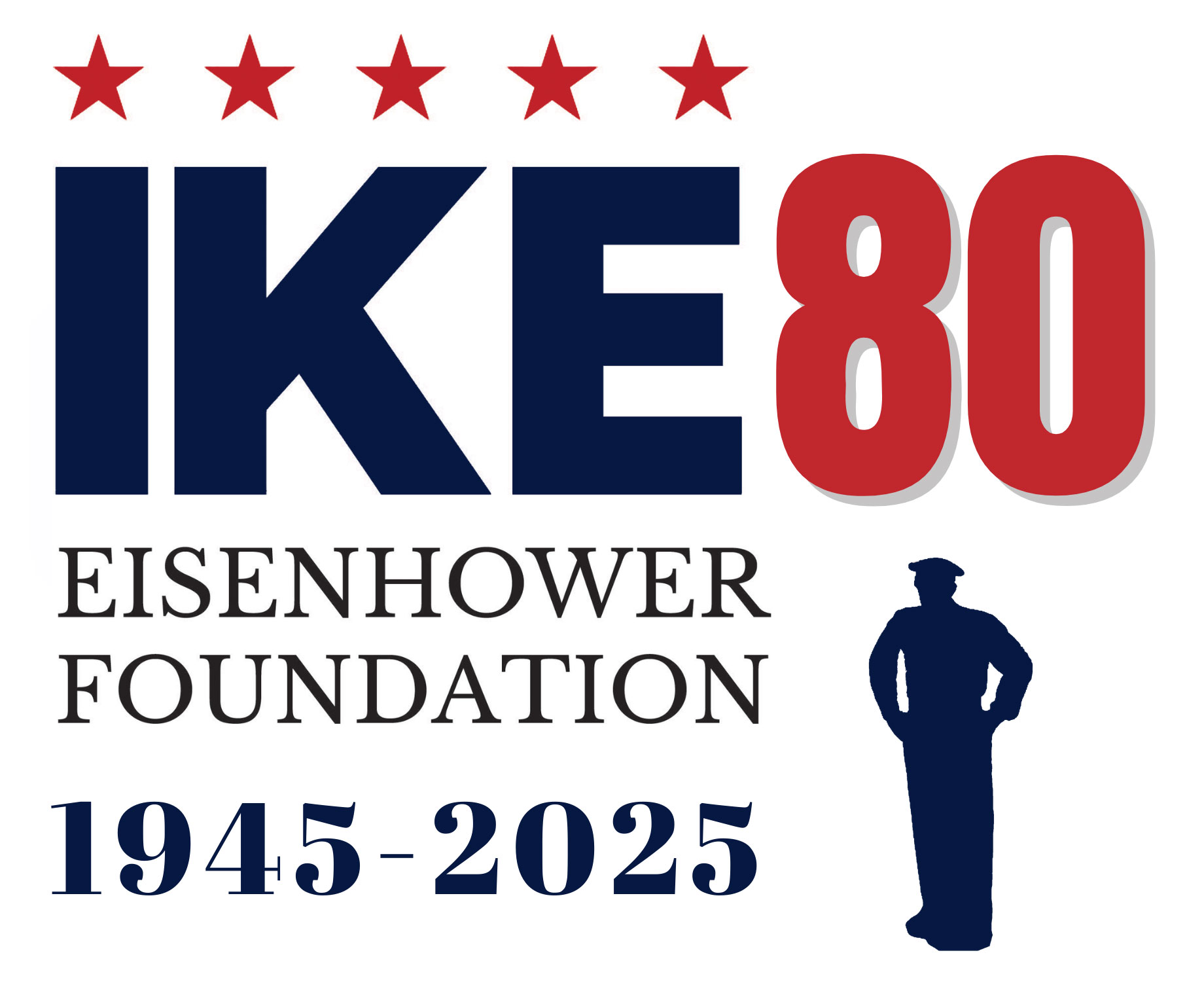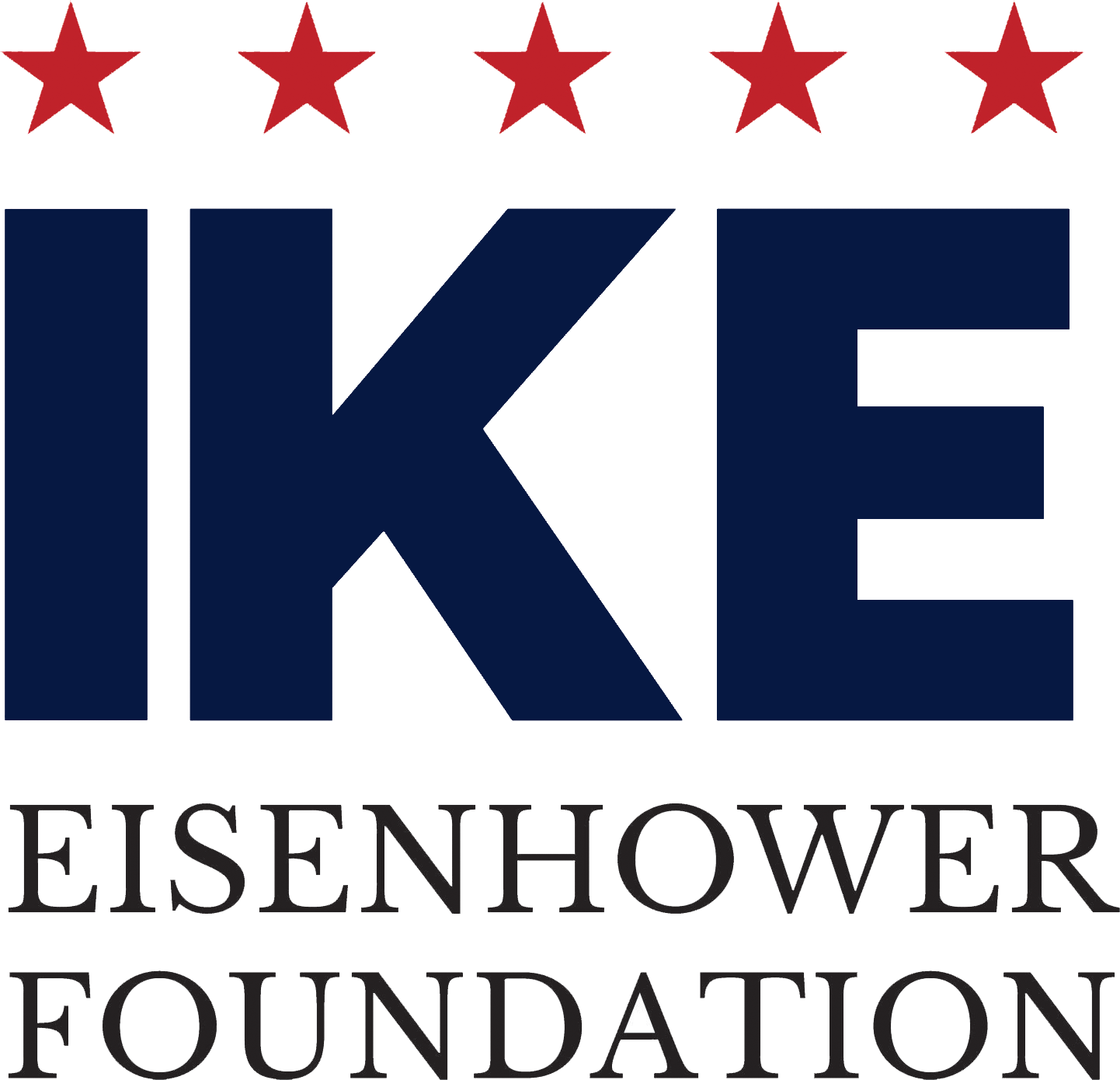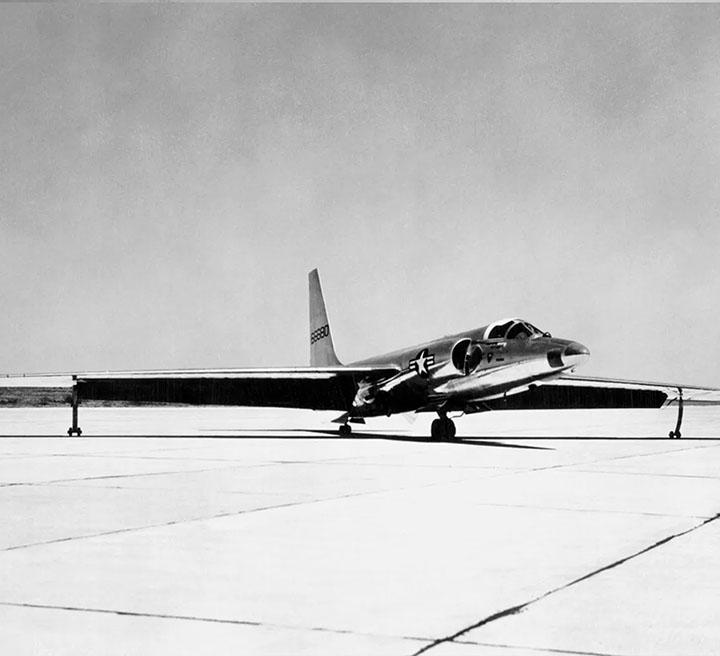Letter On Record
Letter on a Record.' Made at a USO club operated by the National Catholic Community Service. From a soldier of the 261st AAF Base Unit in Abilene, Texas, to Mr. and Mrs. A Baldi of Newark, NJ. Soldiers could walk into a small recording booth and create a record of their voice to send to loved ones instead of a written letter.



